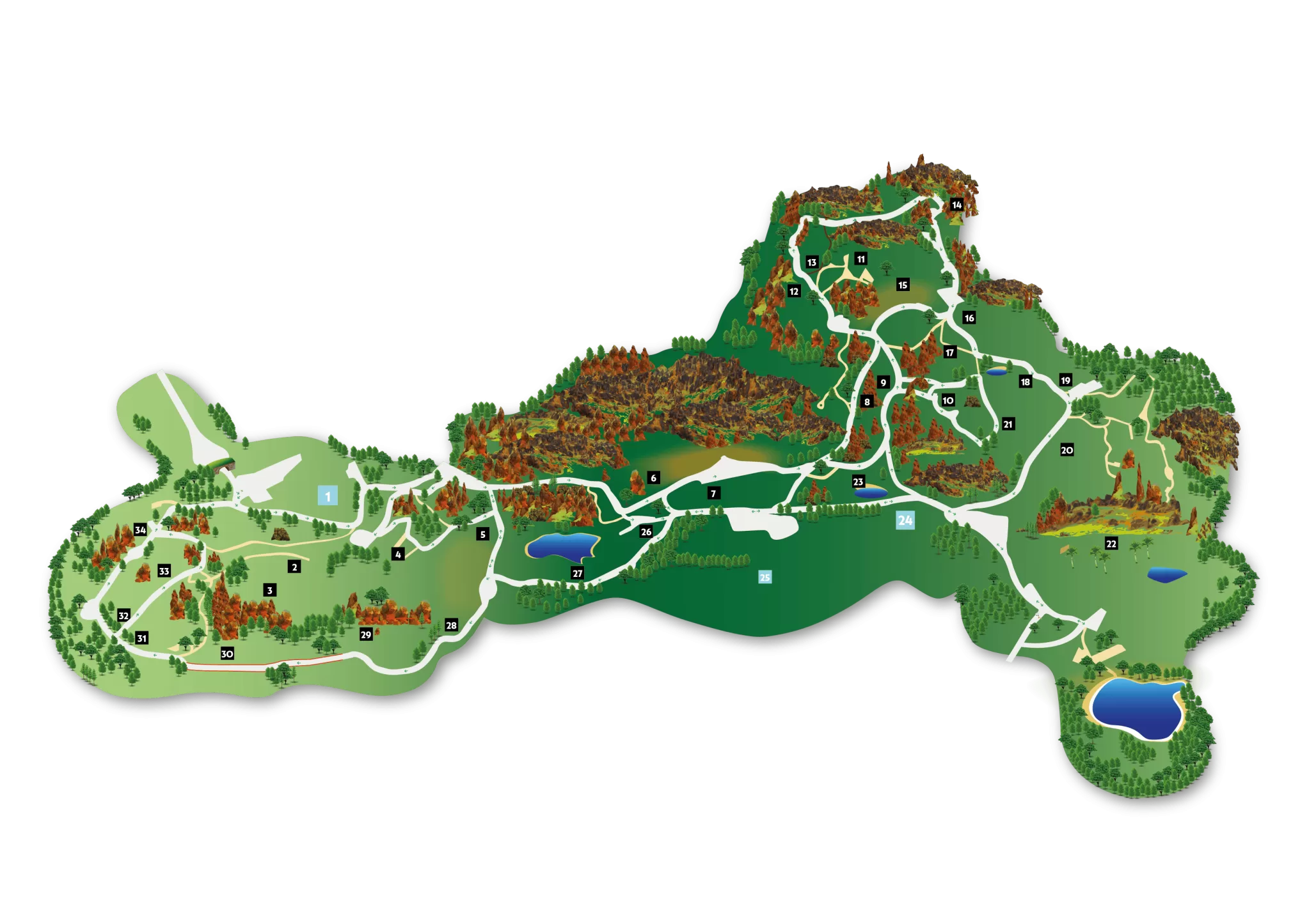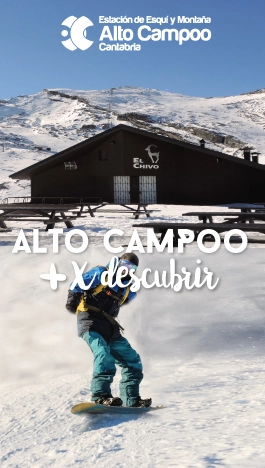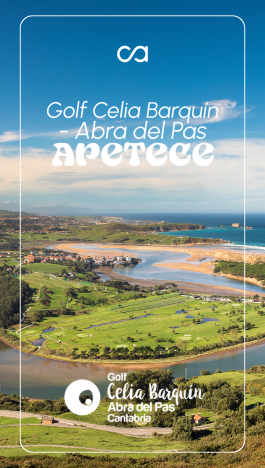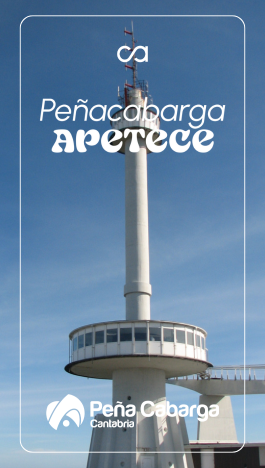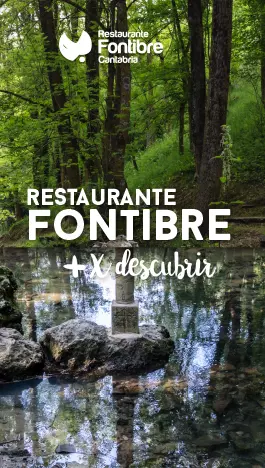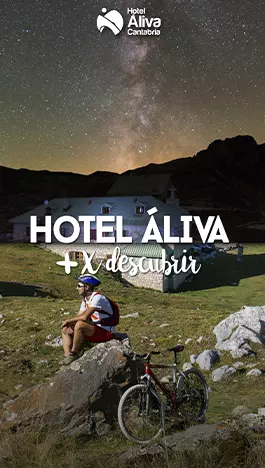
More than two hundred and fifty million years ago, Earth was the Empire of giant reptiles. The passage of time and evolutionary laws designed new life forms, giving way to present-day reptiles. These colonized all continents and hid in every corner of the planet: they settled in the sands of the great deserts, sought the humid heat of tropical jungles, or submerged themselves in the warmest oceans. They dressed in scales and adapted to the environment, becoming true specialists. Some invented the most sophisticated deceptions to hunt their victims, combining the colors of their bodies to go unnoticed. Others developed venom injection systems of deadly toxicity, or imparted elasticity to their jaws to be able to swallow prey larger than their heads. Their life, customs, and survival techniques are among the most amazing in nature.
Conservation and education
In the reptilarium of the Cabárceno Nature Park, we have been working for more than thirty years for the conservation of reptiles and developing an educational effort to raise awareness of the importance of these species in natural habitats for the balance of the ecosystems they inhabit.
Cabárceno also participates in the following captive breeding programs for the conservation of endangered species (EEP):
- Rio Viejo Lizard o Scorpion Lizard (Heloderma horridum)
- Gila Monster (Heloderma suspectum)
- Cuban Boa (Chilabothrus angulifer).
Research:
Today, important studies on the venom of these animals are applied in modern medicine, a reason (among many others) for the importance of conserving these species in current zoos.
During your visit to Cabárceno or in this section of our website, we encourage you to delve into their fascinating way of life to understand that their existence is crucial for planetary balance.
Reptilarium Hours
- July and August: from 9:30 AM to 7:30 PM.
- From March 1st to June 30th and from September 1st to November 1st: from 9:30 AM to 6:45 PM.
- From November 2nd to February 28th: Monday to Friday, from 10:00 AM to 5:45 PM; Saturdays, Sundays, holidays, and long weekends, from 10:00 AM to 6:45 PM.
- Easter Week (from March 25th to April 1st): from 9:30 AM to 7:30 PM.
